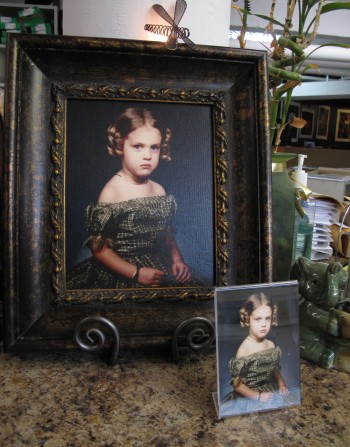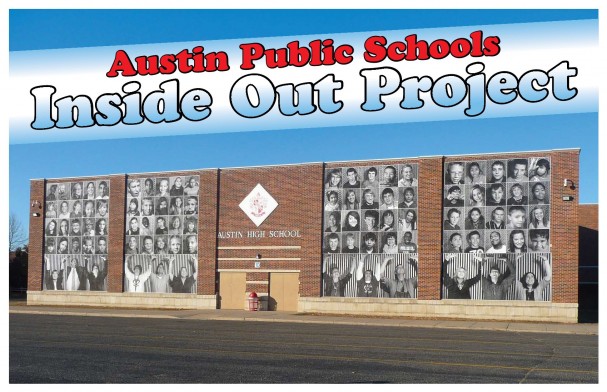Mark and Kelly Hawkins own and operate a high-end wedding photography studio in Green Bay, Wis., where a personal, customized experience for the bride and groom is job one. To elevate their print products, the couple invested in a Canon iPF8400 wide-format inkjet printer they picked up from LexJet and their personal printer specialist, Rob Finkel.
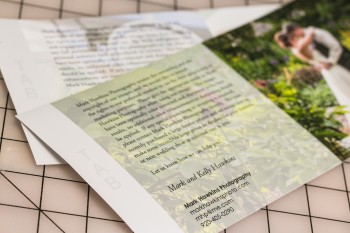 Mark has also struck up a friendship with Andy Wredberg, owner of AW Artworks in Sun Prairie, Wis., whose work shows up regularly here at the LexJet Blog. Andy helped Mark take the printer upgrade plunge, a plunge that Mark says made a big splash.
Mark has also struck up a friendship with Andy Wredberg, owner of AW Artworks in Sun Prairie, Wis., whose work shows up regularly here at the LexJet Blog. Andy helped Mark take the printer upgrade plunge, a plunge that Mark says made a big splash.
“We only shoot about 30 weddings per year and we want them to get the highest value possible, so the more customization we can do, the better. The Canon is such an easy printer to use, and the Photoshop plug-in that comes with it also makes it super-simple,” Mark says. “I told Rob yesterday that the bottom line is that when I hit that print button it’s exactly the way it looks on my monitor; the LexJet profiles are dead-on with pretty much every media type. It’s mind-blowing. Time is money, and I don’t want to waste time, ink and material, and with this printer I don’t.”
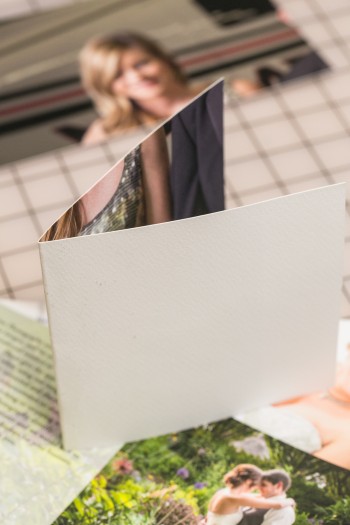 After a wedding, Mark and Kelly deliver two main print products: a wedding album and a wall collage. Mark says that one of the reasons they got the printer was to deliver bigger and better wall collages to their clients.
After a wedding, Mark and Kelly deliver two main print products: a wedding album and a wall collage. Mark says that one of the reasons they got the printer was to deliver bigger and better wall collages to their clients.
“What spurred the purchase of the iPF8400 was to do some higher-end artwork; not just canvas wraps, but art paper and boutique applications for the wedding market. There are a lot of cool uses for a variety of print media in the wedding market. People spend all this money already, so they should have nice custom printed products,” Mark says.
The client also gets a DVD of all the photos from the wedding, but Mark ran into an issue when he ran out of DVD cases. The new Canon printer and LexJet Print-N-Stick Fabric came to the rescue, not only giving Mark a workaround on deadline, but a new way to present DVDs to clients.
“We were out of the cases yesterday, so I used some scrap art paper that I cut to size and folded in half, printed a nice image from the wedding on one side and the photo release for the DVD on the other side that gives them permission to do whatever they want with the images. That way you don’t have to use another piece of paper to print a release, so it kills two birds with one stone. Plus, the Print-N-Stick makes it easy to take it off and reapply it if I don’t align it correctly,” Mark says. “I love having a fully customizable product that gives us an opportunity to recycle and re-use materials that would otherwise go to waste.”

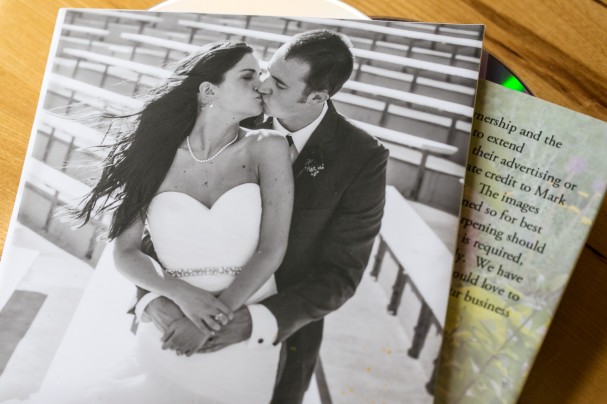
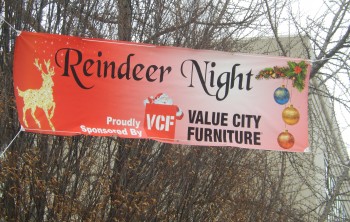

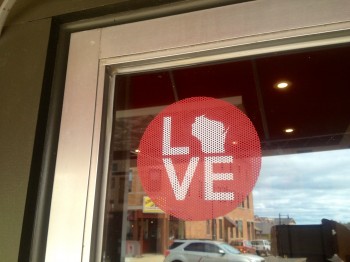
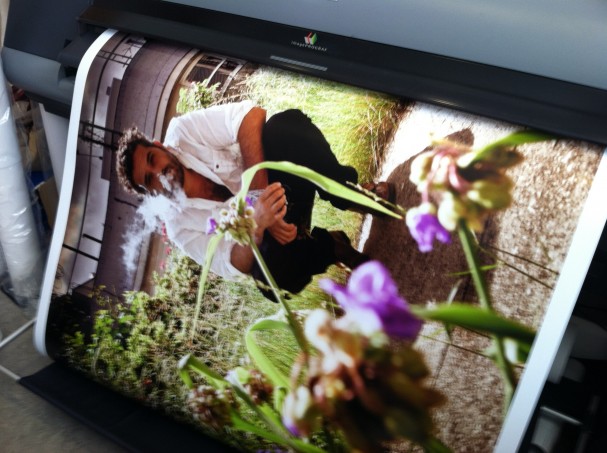
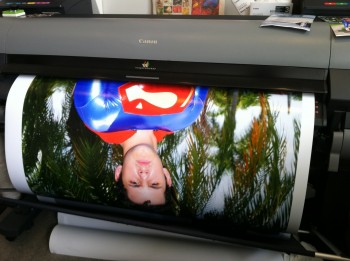

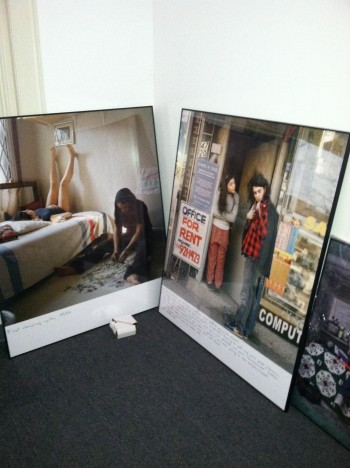
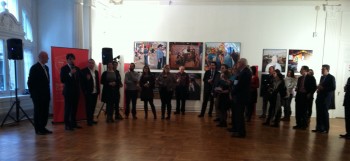
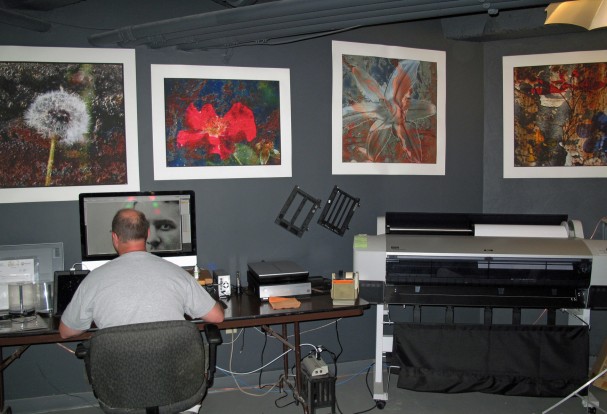
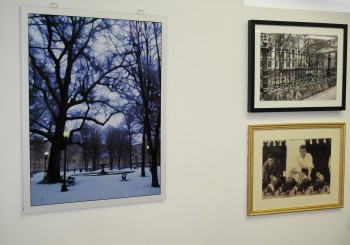
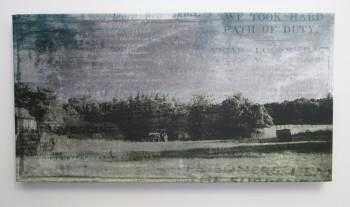
 This client base supplements the foundation of artists and photographers seeking consistent, quality output. “I’m beginning to see a lot more mixed media people because digital has become part of the process where I do a base print and they work on the print afterwards. For example, I have a client who gives me a file that I print it on
This client base supplements the foundation of artists and photographers seeking consistent, quality output. “I’m beginning to see a lot more mixed media people because digital has become part of the process where I do a base print and they work on the print afterwards. For example, I have a client who gives me a file that I print it on 